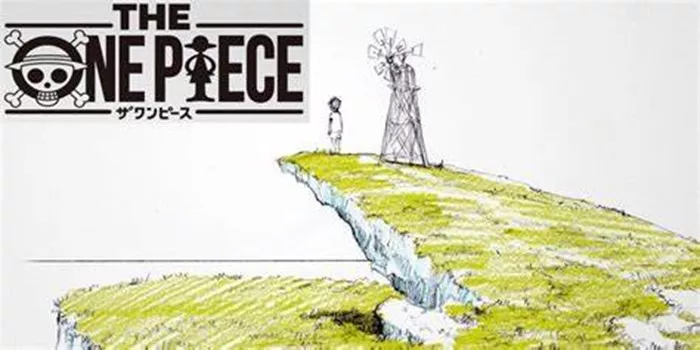The One Piece anime is set for a remake by Wit Studio, and the news has thrilled fans who are eager for modern updates. While the original anime produced by Toei Animation has enjoyed a long run since its debut in 1999, it has also been plagued by several issues that hinder it from fully doing justice to Eiichiro Oda’s masterful storytelling. As the remake approaches, there are several critical aspects that need addressing to ensure the new adaptation meets fans’ high expectations.
1. Modernizing the Sound Design
One of the most pressing issues with the original One Piece anime is its outdated sound design. Despite the advancements in audio technology, the series has continued to use sound effects reminiscent of those from Dragon Ball Z, a show that aired over 30 years ago. This outdated sound design often undermines the impact of even the most visually stunning scenes, leaving the final product feeling dated. The upcoming remake presents an opportunity to overhaul the sound design, aligning it with contemporary standards and ensuring it complements the animation rather than detracting from it.
2. Adopting a Seasonal Structure
The weekly production schedule of the One Piece anime has long been a double-edged sword. While it has allowed for a continuous flow of content since 1999, it has also led to inconsistencies in the quality of the episodes. Some episodes are beautifully crafted, while others fall short, often due to the time constraints placed on the production team. Certain arcs have been particularly criticized for their poor adaptation, which fans feel disrespects the source material. Shifting to a seasonal release format could provide the production team with the time they need to deliver consistently high-quality episodes, thereby addressing these long-standing issues.
3. Addressing Incorrect Filler Content
While One Piece is not as notorious for filler episodes as some other series, it still suffers from filler content that often misses the mark. The anime occasionally adds scenes or episodes that extend the manga’s storyline, but these additions sometimes stray too far from the original vision, altering character dynamics and confusing viewers. A faithful adaptation should stick closely to the source material, ensuring that any additional content remains true to Oda’s original intent.
4. Improving Animation Quality
Throughout its long run, One Piece has seen fluctuations in animation quality. Although recent episodes have been praised for their high-quality animation, thanks to the dedication of the staff, the series has also experienced significant drops in quality, particularly in earlier episodes. These inconsistencies can detract from the overall viewing experience, especially for new fans. The remake offers a chance to start fresh with modern animation techniques and a more manageable production schedule, which should result in a consistently polished final product.
5. Fixing the Pacing Issues
Perhaps the most significant issue with the One Piece anime is its pacing. Due to its weekly release schedule and the need to avoid catching up with the manga, the anime has often resorted to stretching out content, resulting in painfully slow pacing. Episodes frequently include extended recaps, still frames, and drawn-out scenes that can turn off potential new viewers. For the remake to succeed, it must address these pacing problems by condensing the series into a more concise format, possibly around 500 episodes. A seasonal approach could also help maintain a tighter narrative flow, making the anime more accessible to both new and existing fans.
The One Piece anime remake by Wit Studio is a golden opportunity to correct the mistakes of the past and deliver an adaptation that lives up to the legacy of the manga. By modernizing the sound design, adopting a seasonal structure, eliminating incorrect filler content, improving animation quality, and fixing pacing issues, the remake has the potential to become the definitive version of One Piece that fans have long awaited.

